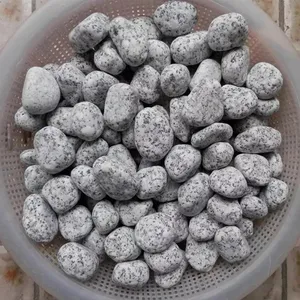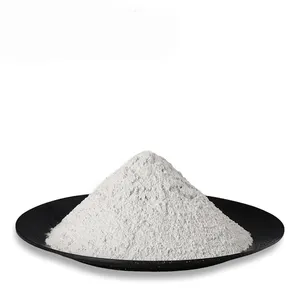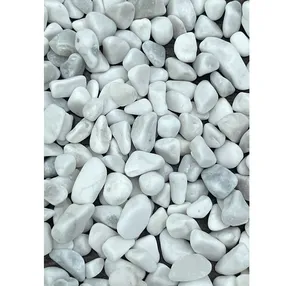Introduction to White Pearl Stone Pebbles
White pearl stone pebbles are a distinct category of landscaping and decorative stones, known for their smooth finish and lustrous sheen that resembles pearls. These pebbles are sourced for their aesthetic appeal and versatility in various design applications. They are commonly utilized in a range of settings from residential to commercial spaces.
Types and Features
White pearl stone pebbles come in an array of sizes and shapes, catering to different design needs. Whether for a modern, traditional, or contemporary style, these pebbles can complement various design themes. Their durability and weather-resistant nature make them suitable for both indoor and outdoor use.
Applications of White Pearl Pebbles
The application of white pearl pebbles is extensive. They are often found accentuating the beauty of gardens and parks, creating serene pathways in hotels, or as decorative elements in villas. Their reflective quality brings a bright and airy feel to any space they adorn.
Material and Advantages
White pearl pebbles are typically made from natural stones that have been tumbled and polished to achieve their characteristic shine. This natural composition ensures that each pebble is unique, with subtle variations in hue and texture. The advantage of using these pebbles lies in their low maintenance and the elegance they bring to any landscape or architectural project.
Design Flexibility
When it comes to design, white pearl stone pebbles offer immense flexibility. They can be chosen based on specific design requirements such as graphic design, 3D model design, or a total solution for projects. Their neutral color and reflective quality make them a popular choice for designers looking to create a sense of space and light.
Environmental Considerations
Incorporating white pearl stone pebbles into a project also reflects an environmental consideration. Their natural origin and enduring nature mean they can be a sustainable choice for landscaping and design, requiring minimal replacement over time.











































 浙公网安备 33010002000092号
浙公网安备 33010002000092号 浙B2-20120091-4
浙B2-20120091-4